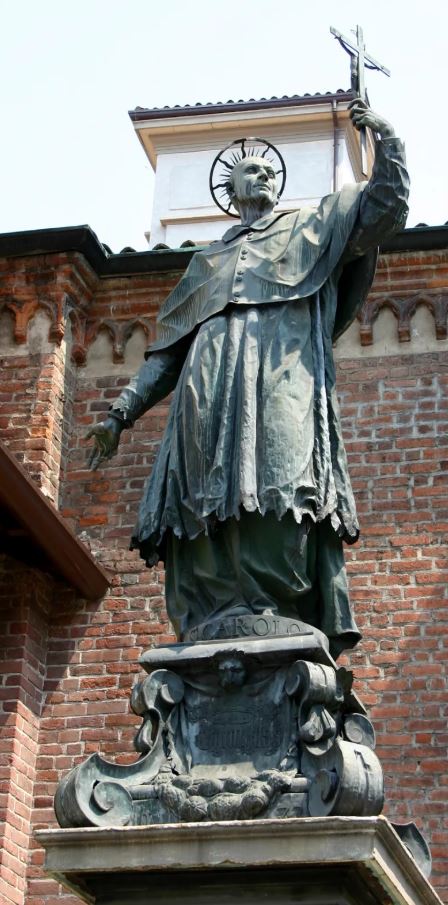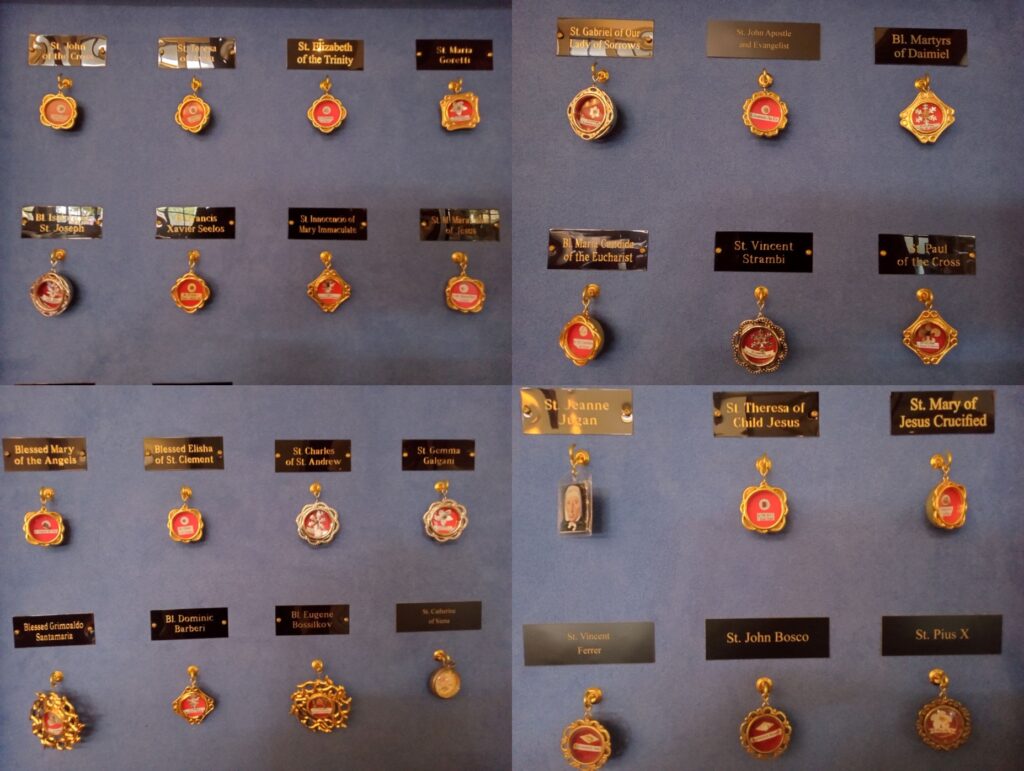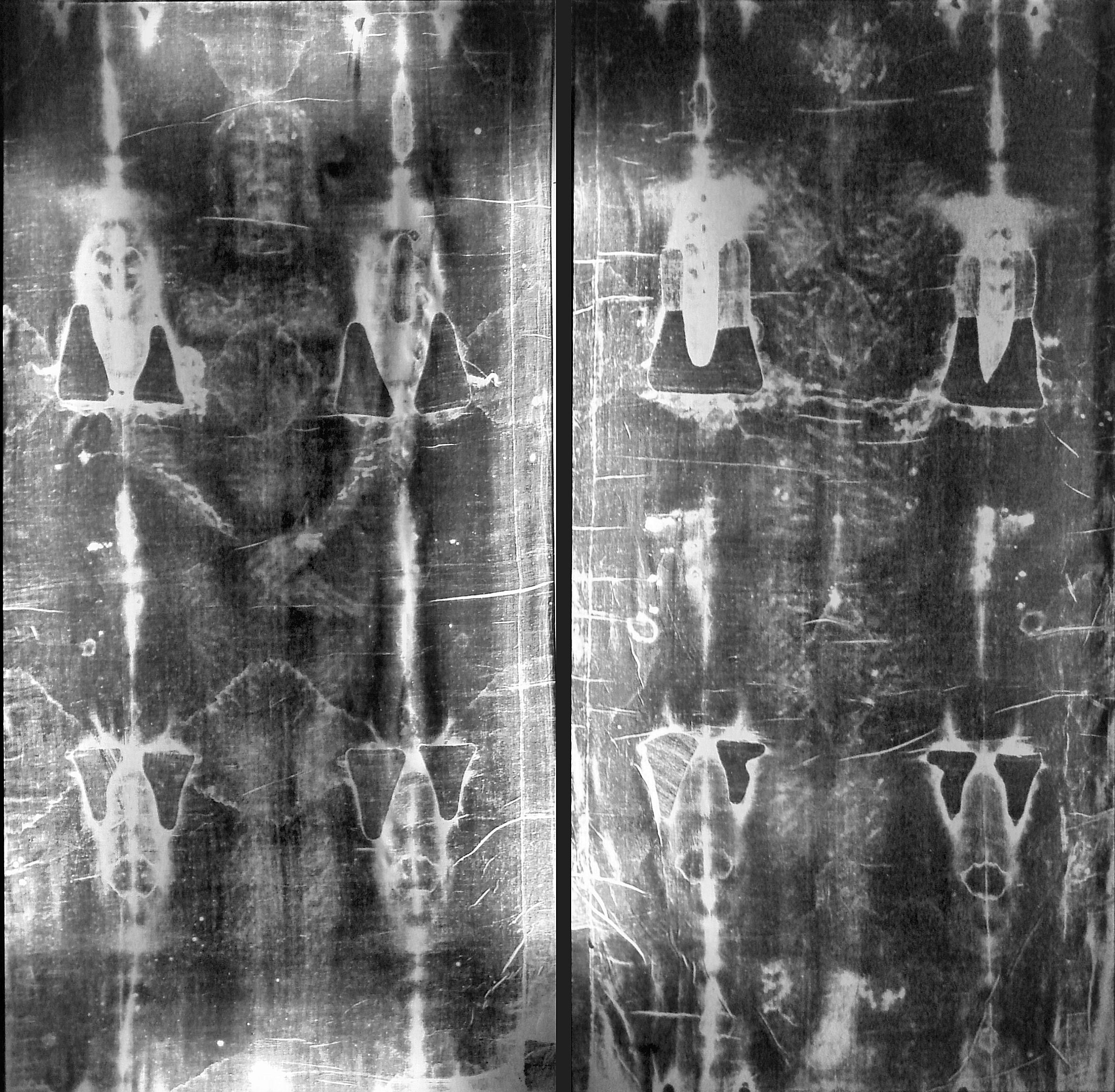In the Catholic Church, relics are physical objects with a direct association to Jesus Christ or the saints, and they are venerated as tangible connections to God.
Relics are categorized into three classes:
-
- 1st Class – body parts or remains of a saint – the most valuable, including fragments of the body (bones, hair, etc.) or remains of Jesus Christ or a canonized saint.
- 2nd Class – objects used or owned by a saint – objects that a saint owned or frequently used, such as clothing, a crucifix, or a book.
- 3rd Class – objects that have touched a first or second-class relic – objects that have been in contact with a first or second-class relic, often small pieces of cloth.
Every Catholic altar contains a sacred relic
-
- The Second Council of Nicaea in 787 drew on the teaching of St. John Damascene that homage or respect is not really paid to an inanimate object, but to the holy person, the veneration of a holy person is itself honour paid to God.
- The Council decreed that every altar should contain a relic, making it clear that this was already the norm, as it remains to the present day in Catholic and Orthodox churches.
- The veneration of the relics of the saints reflects a belief that the saints in heaven intercede for those on earth. A number of cures and miracles have been attributed to relics, not because of their own power, but because of the holiness of the saint they represent.





